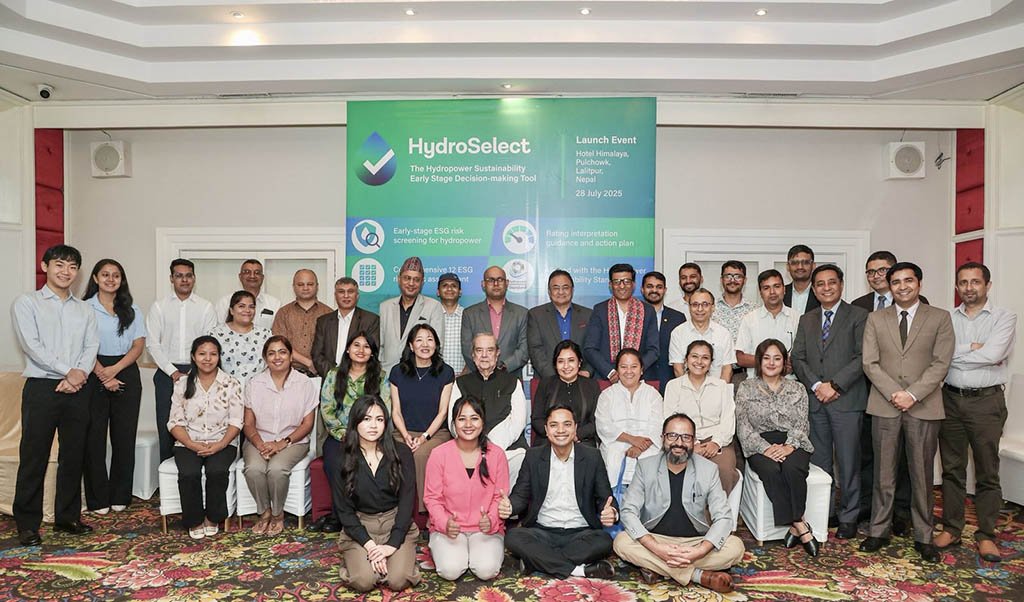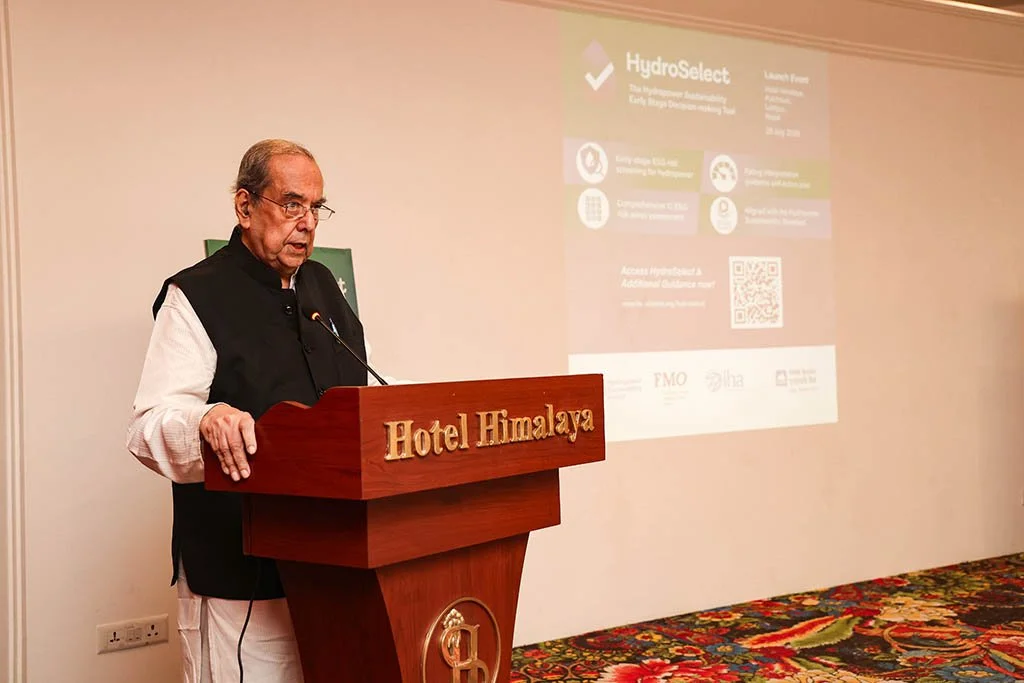Early-stage decisions make or break hydropower projects – it’s time they had better support
In hydropower, we spend a lot of time talking about what happens once a project is already under way; optimising design, securing permits, managing community expectations, meeting regulatory requirements and standards, attracting finance, planning procurement and construction – the list goes on. All of these are vital considerations. But too often, we neglect the question that comes first: Is this the right project to commit resources to, even before feasibility begins? Helen Locher and Alain Kilijian explore.
This question might seem obvious, but it’s one of the most necessary questions in hydropower development. A site is often identified based on hydrological, geological, financial and market criteria. Once it ranks highly on these criteria, it can be incredibly difficult to step back and take a broader, more reflective view.
The development process becomes a race to develop, with time, cost and sometimes political pressures allowing little room for reflection.
And yet, it’s in those earliest decisions – where, when, and even whether to develop – that the foundations of a project’s long-term viability are set.
When bad choices come early, consequences come later
We’ve seen this play out countless times over the decades, when crucial early considerations have been overlooked or ignored. Developers lock onto a site that appears promising on paper, only to discover serious environmental, social, legal or community acceptance obstacles further down the line. Money is spent. Expectations are raised. And suddenly, it’s too late to ask the more fundamental questions.
At best, this leads to delays and redesigns. At worst, it leads to abandoned projects, stranded investments, damaged reputations, and a loss of public trust in hydropower as a sustainable energy source.
Hydropower has enormous potential to contribute to a cleaner, more resilient energy future. But that potential is easily undermined by over-committing to projects without a holistic view from the outset. We’ve seen well-intentioned projects derailed by, for example, a lack of access to up-to-date environmental data, under-estimation of local opposition, or failure to consider cumulative impacts across a river basin.
These are not isolated cases; they are patterns that emerge when early decisions are made based on a narrow set of criteria.
As the sector faces increasing scrutiny, and social licence carries considerably more weight, those early mis-steps are becoming harder and more expensive to correct.
Why early decisions are so hard to get right
One reason early-stage planning is so often neglected or underdone is that it sits in a blurry space, somewhere between national energy strategy and individual project preparation. It’s not quite policy, not quite design. Broader information that can support decision-making is often not available, or not in a form that the developer needs.
Because there is no “project” as yet defined, it is not possible for the developer to capitalise the early investigative costs, and so expenditure needs to come out of operational budgets. This limits the willingness of a developer to fund information collection and analysis at the early stage, where it is possible that no project will emerge.
Another challenge is the natural momentum that builds once a project idea has been floated. A proposed location may appear attractive due to proximity to grid infrastructure, power off-takers, hydrological and geological conditions, government interest, or even personal connections. Once an initial assessment is made, developers can quickly find themselves drawn into a development pathway, even if red flags begin to emerge.
Add to this the pressure of tight budgets, political deadlines, and evolving regulatory environments, and it's easy to see why project leaders sometimes bypass a comprehensive early-stage review. But this short-term thinking creates long-term risk.
As a result, there are few established tools, a lack of common standards, and limited accountability. And in a world where capital for hydropower is increasingly conditional on environmental, social and governance (ESG) performance, the stakes are rising.
The case for a structured, sustainability-first approach
There is a clear niche for tools and guidance to promote and support a more deliberate, transparent and structured approach to early-stage decision-making, giving equal weight to ESG risks as to technical and economic ones.
This means considering a wider range of possible sites, not just those that are technically optimal, politically convenient or historically planned. It means thinking regionally, not just project-by-project. And it means asking the right questions upfront:
Do we have a clear understanding of the energy and water needs and resource options?
Is hydropower the best solution for the energy needs?
If so, which locations offer the best hydropower project potential with the least conflict?
What are the sustainability red flags, and can they be avoided?
This is exactly the gap that HydroSelect, a new tool developed by the Hydropower Sustainability Alliance, was designed to fill.
HydroSelect helps developers and decision-makers weigh up one or multiple project concepts before major investments are made, using a structured assessment of sustainability-related risks and opportunities.
HydroSelect doesn’t replace strategic energy planning or feasibility studies. It is the ideal complement to them. It fills a clear gap, that should result in faster, smoother development processes and an overall lift in the reputation of hydropower. HydroSelect plays a vital bridging role between energy needs and project preparation, empowering planners to pause and reflect before momentum takes over.
To choose wisely, not just quickly.
The earlier you ask, the more options you have
Early-stage planning is about putting communities, ecosystems and long-term value on an equal footing with engineering potential and generation capacity. HydroSelect supports a structured assessment of the key early questions, from potential societal benefits and community acceptance, to risks like displacement, climate change, biodiversity loss and political instability. It also points to helpful early sources of information and helps teams prioritise risk ratings and flag areas needing further analysis.
If done well, this phase of planning can be liberating. Making the right decisions from the outset will open up better, more innovative and more resilient solutions than might otherwise be considered.
The simple truth is that early-stage decisions are the easiest to influence and the cheapest to get right. By the time a project reaches feasibility or design, the window for strategic change is already closing.
In the context of a changing climate, rising expectations, and a global push for sustainable energy, we can’t afford to keep making the same mistakes. We need hydropower – but we need it to be done right, from the very beginning.
Getting started with better decisions
HydroSelect is now available to help developers, planners and financiers bring early-stage sustainability thinking into their decision-making. It’s not a silver bullet – no tool is – but it’s a step toward embedding better habits and more informed conversations at the start of every hydropower journey.
As a sector, it’s time we give early-stage decision-making the attention it deserves. Let’s stop asking how to push projects “over the line” when they encounter ESG and social licence obstacles, and start asking how to choose better ones.





